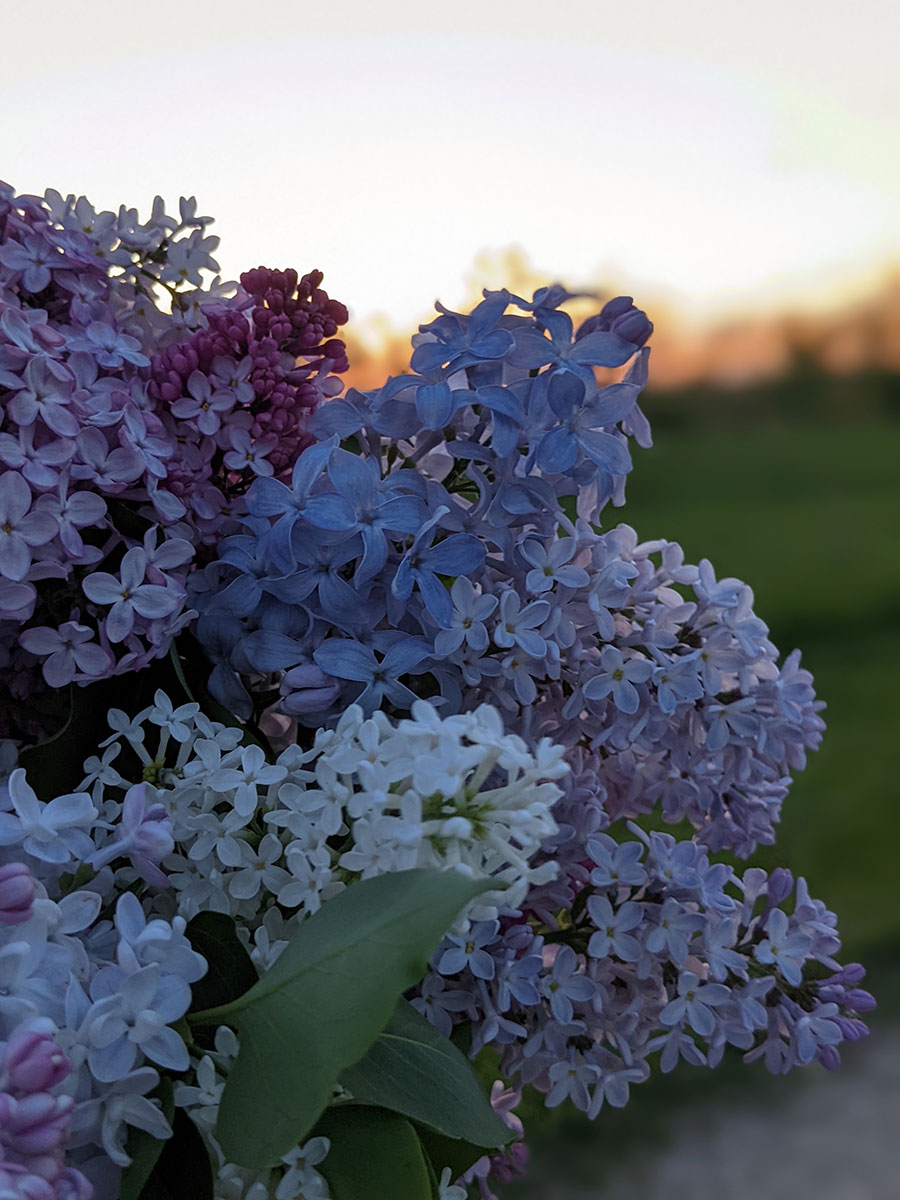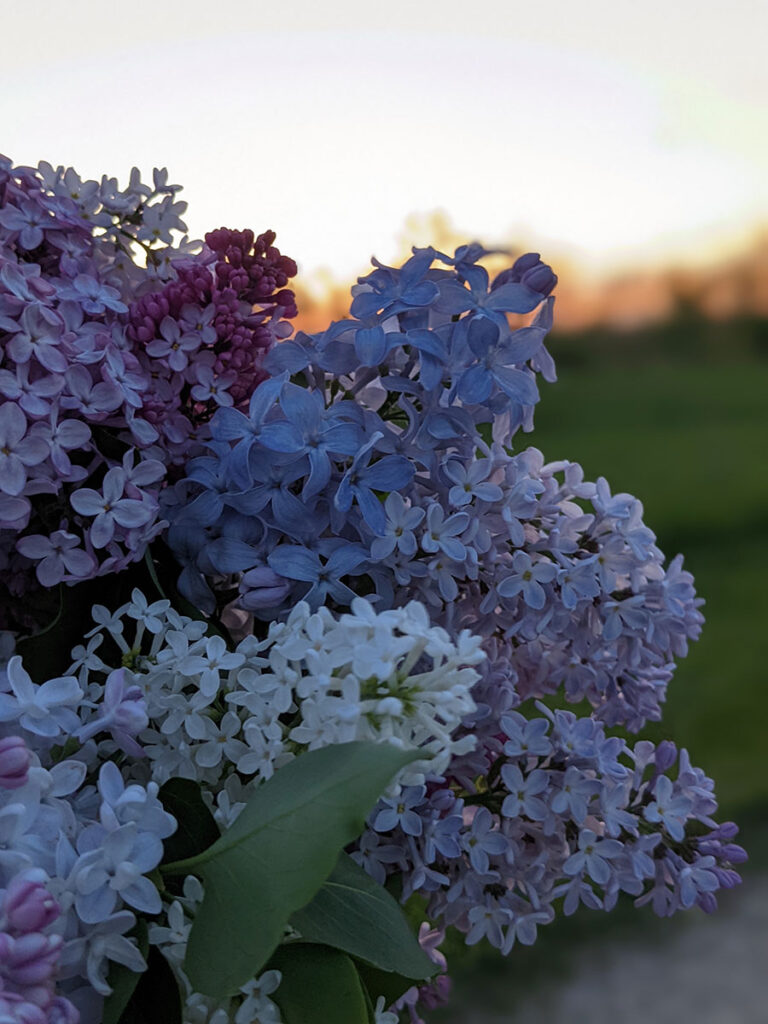For a plant with a short bang, lilacs (Syringa) reside in memories for a very long time. Whether it is through remembrance of an early season color splash or a faint hint of a heady fragrance, lilacs are recognized by most.
Although ubiquitous throughout parts of the US, they are not native. Most originated in Asia and Eastern Europe, traveling via gardeners and plant hunters. The names most recognized in early plant hunting and the subsequent generations of breeding are Wilson, Lemoine, Preston, Cumming, Kolesnikov, and Fiala to name a handful.
Lilac history and the world travels are fascinating reading. If looking for some living exhibits of the history and travels, check out…
- Alice Harding Memorial Lilac Walk, North Brunswick, NJ
- Arnold Arboretum, Jamaica Plains, MA
- Descanso Gardens, La Canada Flintridge, CA
- Denver Botanic Garden, Denver, CO
- Ewing Park, Des Moines, IA
- Highland Park Lilac Festival, Rochester, NY
- Holden Arboretum, Kirtland, OH
- Hulda Klager Lilac Gardens, Woodland, WA
- June Lilac Festival on Mackinac Island, MI
- Longnecker Gardens, Madison, WI
- Minnesota Landscape Arboretum, Chanhassen, MN
- Morton Arboretum, Lisle, IL
What does it take to grow lilacs? Not much. They are easy landscape plants if chosen properly for the planting site and then left alone to develop roots and grow. Choosing properly encompasses analyzing sunlight, air flow, soil conditions, and soil moisture content. At least four to six hours of sunlight per day will provide the needed light for optimal bloom development. Ensuring air flow via pruning and plant placement will minimize potential for powdery mildew on susceptible cultivars.
Except for Syringa emodi, which tolerates higher levels of soil moisture, lilacs need well-drained soils to thrive. Fortunately for most gardeners, lilacs are extremely tolerant to soil type, pH levels, and growing conditions. For those plant owners that do not remember (or want) to fertilize, lilacs are your friend. They do not need or want a constant supply of additional nutrients.
Care for lilacs can be as much or as little as the landscape needs or the gardener wants to provide. Pruning is important to keep the blooms at a height easy to enjoy the sights and scents as well as make cutting a breeze. Flower buds develop on old (existing) wood (stems, branches). Pruning should be done right after blooming occurs.
Keep in mind that each cultivar may have pruning quirks that will produce the best flower show and growth habit. Do check the specifications provided by the breeder, grower, or seller for each selection brought into the landscape. Gradually removing old growth, a bit every year or two, is a good way to continue growth regeneration and keep height in check. Research whether chosen lilacs are grafted or grown as own root.
All lilacs will sucker – develop new plant starts close to the main root. Grafted plant suckers may not be as desirable as those tend to be root stock growth only. Not to knock the root stock, but those plants are generally used for the strength in root growth and the ability to foster the growth of another plant. They are not used for their plant form, flower beauty, or flower scent. Own root plants are those that are one plant, root to flower. Any sucker growth will be the same as the host from which it grew. Allowing suckers of own root plants to develop will give the gardener easy opportunities for dividing or enlarging the base of the existing plant.
Most lilacs can be left unpruned to grow and develop as they are wont but there are consequences to that mode of care, or lack thereof. Left unchecked, lilacs will often continue to grow beyond “mature height.” Unfortunately, the flowers will be out of normal reach as that growth continues. Fortunately, even the oldest of lilacs can be brought back into the landscape fold with a few years of diligent attention. They are tough and tenacious landscape plants.

